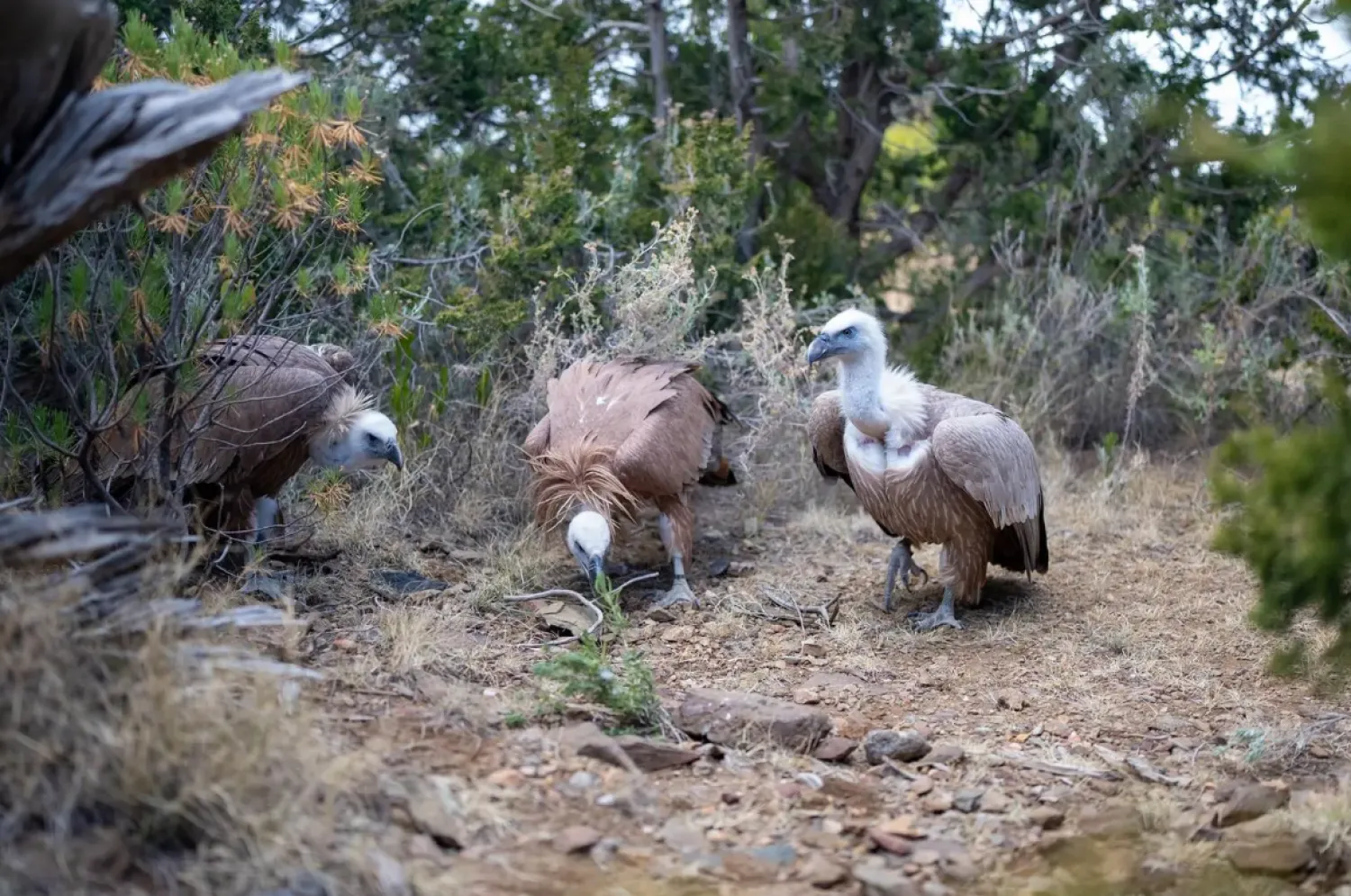A pair of giant pandas will soon make the journey from China to the US, where they will be cared for at the San Diego Zoo as part of an ongoing conservation partnership between the two nations, officials said Monday.
The San Diego Zoo Wildlife Alliance said its caretakers recently visited China to meet the giant pandas, Yun Chuan and Xin Bao, ahead of their planned trip to Southern California. An exact date for the handoff hasn't been set.
Yun Chuan, a mild-mannered male who's nearly 5 years old, has “deep connections” to California, the wildlife alliance said. His mother, Zhen Zhen, was born at the San Diego Zoo in 2007 to parents Bai Yun and Gao Gao, The Associated Press reported.
Xin Bao is a nearly 4-year-old female described as “a gentle and witty introvert with a sweet round face and big ears.”
“Our conservation partners in China shared photographs and personality traits of Yun Chuan and Xin Bao, but meeting them in person was so special," said Dr. Megan Owen, the alliance's vice president of conservation science. “It’s inspiring as people from around the world come together to conserve, protect, and care for these special bears, and we can’t wait to welcome them to San Diego.”
The San Diego Zoo Wildlife Alliance has a nearly 30-year partnership with leading conservation institutions in China focused on protecting and recovering giant pandas and the bamboo forests they depend on.
Pair of Giant Pandas Set to Travel from China to San Diego Zoo

This photo released by the San Diego Zoo shows giant panda Yun Chuan on Thursday, April 25, 2024, in the Sichuan province of China. (Ken Bohn/San Diego Zoo via AP)

Pair of Giant Pandas Set to Travel from China to San Diego Zoo

This photo released by the San Diego Zoo shows giant panda Yun Chuan on Thursday, April 25, 2024, in the Sichuan province of China. (Ken Bohn/San Diego Zoo via AP)
لم تشترك بعد
انشئ حساباً خاصاً بك لتحصل على أخبار مخصصة لك ولتتمتع بخاصية حفظ المقالات وتتلقى نشراتنا البريدية المتنوعة







